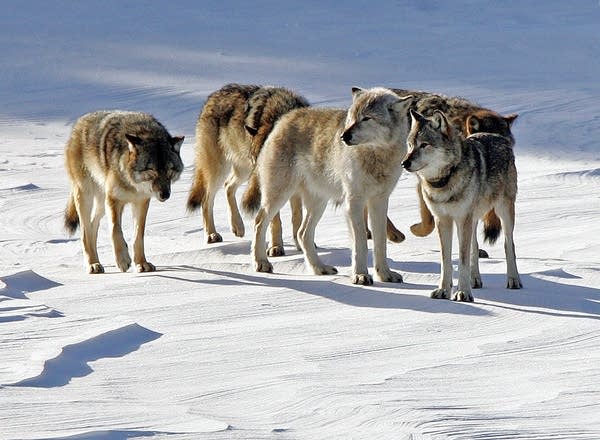Officials taking closer look at Isle Royale wolf population

In this Feb. 10, 2006, file photo a pack of gray wolves is shown on Isle Royale National Park in northern Michigan.
AP file
Go Deeper.
Create an account or log in to save stories.
Like this?
Thanks for liking this story! We have added it to a list of your favorite stories.


